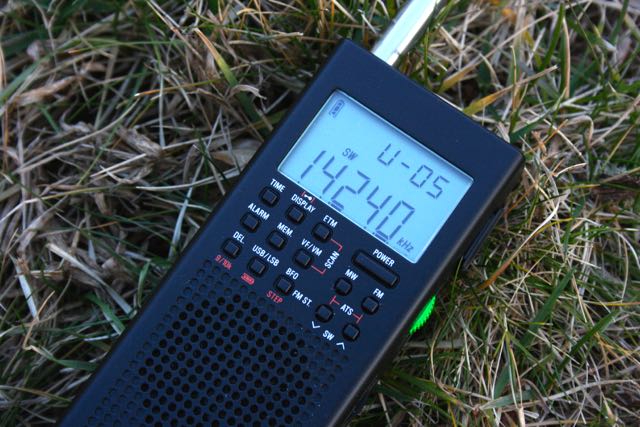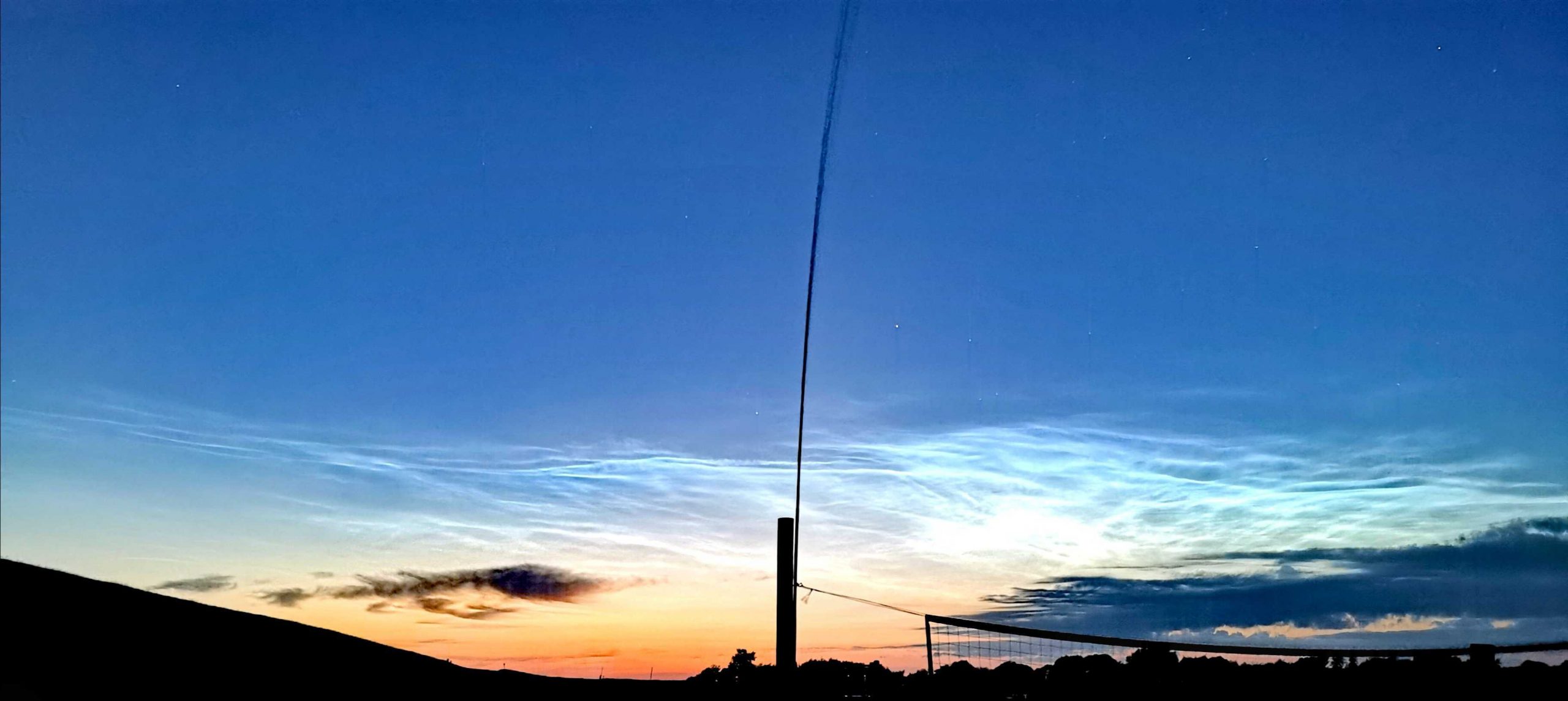Many thanks to SWLing Post contributor, Mario Filippi (N2HUN), who shares the following guest post:
Recent 10 Meter CW Beacon Activity
Mario Filippi, N2HUN
The 10m band has been coming alive lately and it’s time for all hams and SWLs to take advantage of it. For several years I’ve been listening to 10m beacons with mediocre results but this has all changed over the past few days with loggings of European beacons running as low as seven watts.
These amateur radio beacons can be found from 28.1 – 28.3 MHz, sending out their callsigns in CW along with other information such as power output, grid square, antenna type and other tidbits of interesting information. Most USA beacons are heard from 28.1 – 28.2 MHz while international ones inhabit 28.2 – 28.3 MHz. Some beacon ops will request QSL card reports the old school way via mail. I’ve written out a few already, bringing back fond memories of my early days as a ham and SWL.
Over the past few days at my central NJ QTH, using an Airspy HF+ Discovery and a ground mounted 31 foot vertical, here are some of the DX beacons logged:
- IZ8RVA, 28.239 MHz, 1230 UTC
- OH9TEN, 28.265 MHz, 1253 UTC
- LA5TEN, 28.237 MHZ, 1300 UTC
- OK1AR, 28.249 MHz, 1214 UTC
- DA5TEN, 28.237 MHz, 1219 UTC (7 watts, vertical antenna!)
- DL0IGI, 28.204 MHz, 1251 GMT (50watts)
Note that most signals were 449 with QSB so a quiet room, a good pair of headphones, many cups of good hot coffee/tea and a heap of patience are needed. Beacons will send a continuous CW tone as a preamble while others will transmit a series of V’s (…-). So, spin that VFO dial up to 10 meters, a band which comes alive as sunspots rise. If you are a QRP’er, this comes as good news since this band is great for those who love to run peanut whistles.
Thanks and have fun!


